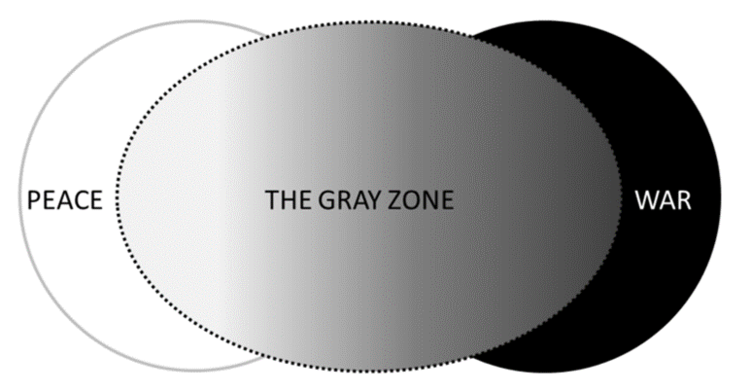
XPoSat Mission
Subscribers of "Current Affairs" course can Download Daily Current Affairs in PDF/DOC
Subscribe to Never Miss an Important Update! Assured Discounts on New Products!
Must Join PMF IAS Telegram Channel & PMF IAS History Telegram Channel
- Context (IE | PIB): ISRO launched PSLV-C58 with XPoSat as the primary payload in lower Earth orbit.
- XPoSat will become the country’s third space-based observatory after the solar mission Aditya-L1 and AstroSat (launched in 2015).
|
Difference from Earlier Missions
- Earlier, Polarisation of celestial sources was done either in the optical or radio bands.
- For the first time, X-ray polarisation will be measured in the medium energy band (8-30 keV).
- XPoSat will observe two kinds of sources — persistent sources and transient sources (pulsars, active galactic nuclei, magnetars).
X-rays
|
Polarisation of X-rays
- As X-ray light passes through a material, the electric part of the electromagnetic wave causes electrons to emit a photon.
- The emission of photons gives the appearance that the original photon has changed direction or has been scattered.
- Cosmic X-rays emitted from magnetars or black holes encounter a variety of materials in the Universe.
- Such interactions emit a photon in a changed direction due to scattering.
- The angular and degree of polarisation measurements are believed to provide clues about the nature of these radiations and the complex process they undergo.
- Study of these polarisations will lead to discoveries about black holes and other cosmic events.
Other X-ray Missions
- NASA’s HX-POL and XL-Calibur have been balloon-based and short-duration experiments.
- Indian AstroSat performed timing and broadband spectroscopy of X-ray sources, but no polarisation studies were performed.
- NASA launched Imaging X-ray Polarimetry Explorer (IXPE) in 2021, within the soft X-ray band (2 to 8 keV energy band).





![PMF IAS Environment for UPSC 2022-23 [paperback] PMF IAS [Nov 30, 2021]…](https://pmfias.b-cdn.net/wp-content/uploads/2024/04/pmfiasenvironmentforupsc2022-23paperbackpmfiasnov302021.jpg)












